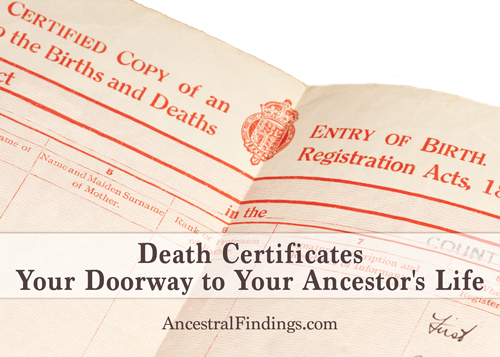When Social Security was first instituted in the 1930s, many men and women rushed to sign up for this innovative retirement income assurance program. Since it was brand new, people were not issued Social Security numbers at birth as they are now. They had to apply to the program. Once they apply and are approved, they will be issued their Social Security number and card. Men who were working, women who were working (which was still pretty rare at that time), married women who hoped to use their spouse’s benefits one day, and women who were applying on behalf of a deceased spouse who had worked were all eligible to apply for the Social Security card.
These early applications for Social Security cards still exist and are valuable pieces of genealogical information. You can order the earliest applications from the 1930s and 1940s. These forms are known as the SS-5 forms; you can order one for any person as long as they are deceased. The SS-5 applications are provided to U.S. citizens by the Social Security Administration under the Freedom of Information Act. You must prove the person is deceased unless that person is 120 years old or older.
You can go to the Social Security Administration’s website to order a copy of the application.
These applications are not very long but detailed, making them excellent resources for genealogists. Here is the information you can find on an individual’s Social Security application:
- The applicant’s full name
- The maiden name (if a woman)
- The names and birthplaces of the applicant’s parents, including the mother’s maiden name (as long as you can prove the parents are deceased or were born more than 120 years ago)
- Age, date, and place of birth of the applicant
- Gender
- Race
- The name and address of the applicant’s employer (at the time of application)
- The date the application was signed
- The signature of the applicant
These are all genealogically significant pieces of information. If you haven’t been able to discover an individual’s parents’ names or the mother’s maiden name before now, it will be on the application, as this was required information to get enrolled in Social Security.
You may not have known your ancestor’s occupation before, and finding the employer’s address gives you a place to visit on your next genealogy trip. You may even discover the employer is still there and can provide you with employment records on your ancestor.
Seeing your ancestor’s signature is wonderful, especially if you’ve never seen it on anything else. It’s like getting an autograph for genealogy. You’ll find it on the Social Security application if you weren’t sure of your ancestor’s age, date, or place of birth.
Even if you know all of these things, getting confirmation through the Social Security application is always good. In genealogy, the more sources of proof you have for a particular fact, the better. It makes your research more scholarly. If you haven’t considered this valuable source of genealogical information before, start using it for all applicable ancestors. Important information about them is waiting for you on those applications.
- Request for Deceased Individual’s Social Security Record
- More on Social Security Death Benefit Records
- Social Security Death Benefit Records Index (Free Lookups)






